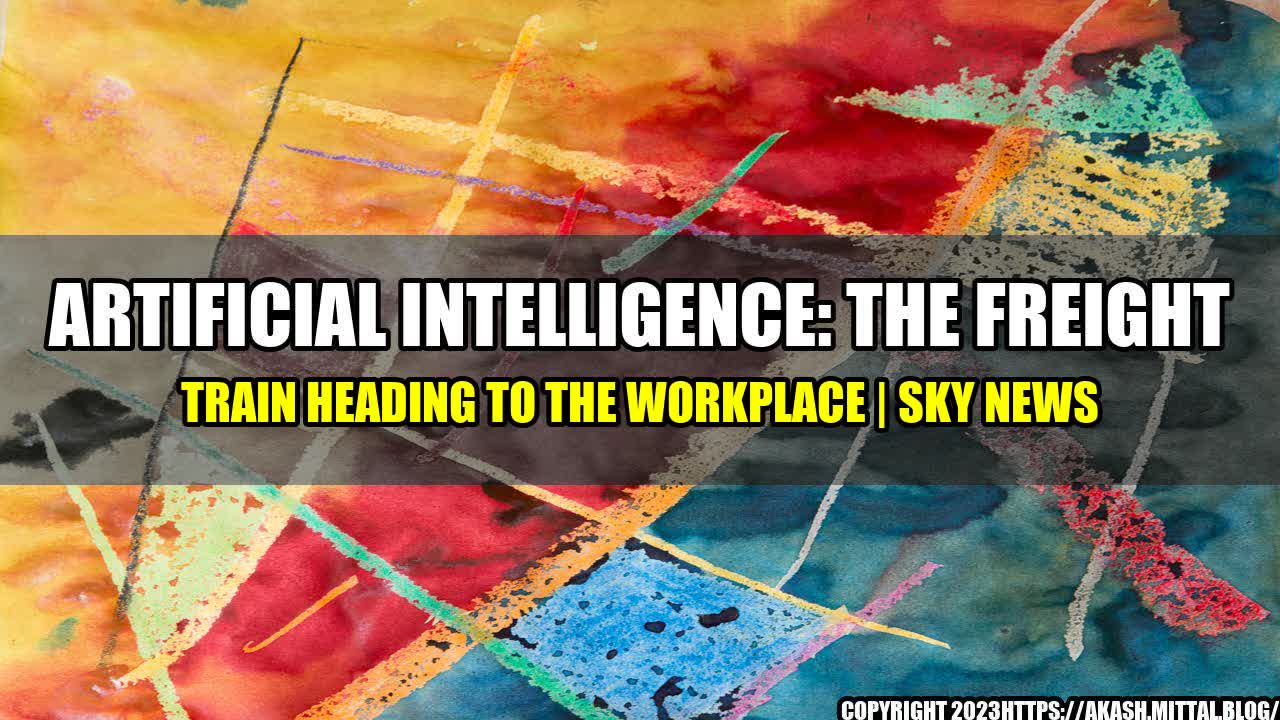Paul, a 45-year-old sales executive, was confident about his job security. He had been with his company for over a decade, had an impressive track record, and a good relationship with his boss. But one day, he received an email from his boss informing him that his position was being automated as part of the company's move towards artificial intelligence (AI). Paul was shocked and didn't know what to do next.
The Rise of AI in the Workplace
Paul's story is becoming increasingly common as more and more companies turn to AI to streamline their operations and reduce costs. According to a report by PricewaterhouseCoopers (PwC), AI is expected to contribute $15.7 trillion to the global economy by 2030. This is because AI has the ability to analyze large amounts of data, automate routine tasks, and make predictions based on patterns.
- In customer service, AI chatbots can handle basic queries, freeing up human agents to deal with more complex issues.
- In finance, AI can analyze financial data and make predictions about future trends.
- In healthcare, AI can assist in diagnosing diseases and creating treatment plans.
- And in manufacturing, AI can optimize production processes and reduce downtime.
AI is already being used in a variety of industries, from retail to banking to transportation. And as the technology continues to improve, its impact on the workplace will only grow stronger.
Let's take a closer look at some specific examples of how AI is already transforming the workplace:
- Amazon has developed an AI system that can predict which products are likely to be returned by customers, allowing the company to anticipate the costs and optimize its distribution network.
- Goldman Sachs is using AI to analyze job applications and identify the most promising candidates, saving recruiters time and resources.
- GE has implemented AI in its wind turbines, allowing them to adjust their pitch and optimize their performance based on weather conditions.
- McDonald's has introduced touchscreen kiosks in its restaurants, allowing customers to place orders and make payments without interacting with a human employee.
- IBM has developed an AI system that can assist oncologists in diagnosing cancer and creating personalized treatment plans for patients.
The Potential Consequences of AI in the Workplace
While AI has the potential to bring many benefits to the workplace, there are also potential consequences to consider. One concern is the impact on jobs. As machines become more capable of performing tasks previously done by humans, it's likely that many jobs will become obsolete. A report by the World Economic Forum (WEF) predicts that by 2025, over 50% of all jobs will require significant reskilling and upskilling. This means that workers will need to acquire new skills in order to remain relevant in the workforce.
Another concern is the potential for AI to be biased or discriminatory. This can happen if the data used to train the AI is biased, or if the AI is designed to make decisions based on certain criteria that may be discriminatory. This can result in unfair treatment of individuals or groups, and can have serious consequences for their employment, financial, or social status.
Finally, there is the question of ethics. As AI becomes more sophisticated and is used to make decisions that can have life-changing consequences, there is a need to ensure that the technology is used in a responsible and ethical manner. This includes issues such as privacy, accountability, and transparency.
Conclusion
As AI continues to evolve and become more integrated into the workplace, it's important to consider both the potential benefits and consequences. Here are three key points to keep in mind:
- AI has the potential to transform the workplace, making it more efficient, productive, and profitable.
- The rise of AI will also require workers to reskill and upskill in order to remain competitive in the job market.
- There is a need to ensure that AI is used in a responsible and ethical manner, taking into account issues such as bias, discrimination, and privacy.

Curated by Team Akash.Mittal.Blog
Share on Twitter Share on LinkedIn